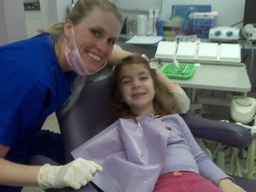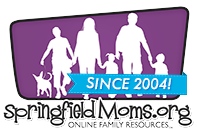 Question: Do the anti-cavity rinses really make a difference? What age is appropriate to start using rinses?
Question: Do the anti-cavity rinses really make a difference? What age is appropriate to start using rinses?
Answer by Tanya L. DeSanto DDS: Rinses are a great adjunct to oral hygiene with children. Just about any age, we can often wonder if the child is properly and effectively brushing all the plaque off their teeth. Plaque is the substrate the breaks down from food left on teeth. The bacteria in plaque is what eats away at healthy enamel, causing small porosities or holes – what we call cavities.
A child is strongly encouraged and needs to be properly supervised when brushing their teeth. Depending on the age, the parent may even need to take over and finish the job (approximately age 5 and under). Flossing must be introduced even though most likely there are healthy gaps/spaces in between most baby teeth. Flossing cannot be a foreign topic. I find it amazing when a child is in the office and we review flossing and I am asked, “What’s that?”
It’s never too early to teach good habits. These are habits that will follow them through life.
I like to give children a method to check their brushing by giving them a disclosing tablet. These are the little purple or red “skittle” that they chew up and any residual plaque on their teeth is dyed that deep red or purple color. This is fun to do when I go to schools/classrooms and teach children in group settings. They giggle at the site of their purple mouth! THIS is where a mouth rinse may be very effective for the child. If the child has properly brushed and flossed and there are remnants via the dye, that means plaque remains. This is a case where a mouth rinse would be very helpful.
A rinse is a great way to help clear plaque away with a sweeping action. It cannot be the only method of oral hygiene. Brushing and flossing are a must but there is a lot of research that support a rinse can help children keep a healthy, cavity-free mouth.
 Adults, learn more about teeth whitening and access the coupon on Mom’s Choice.
Adults, learn more about teeth whitening and access the coupon on Mom’s Choice.










